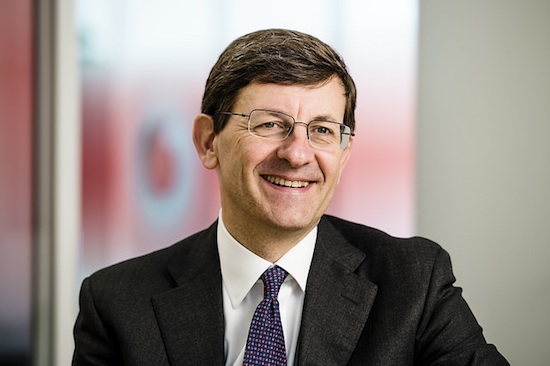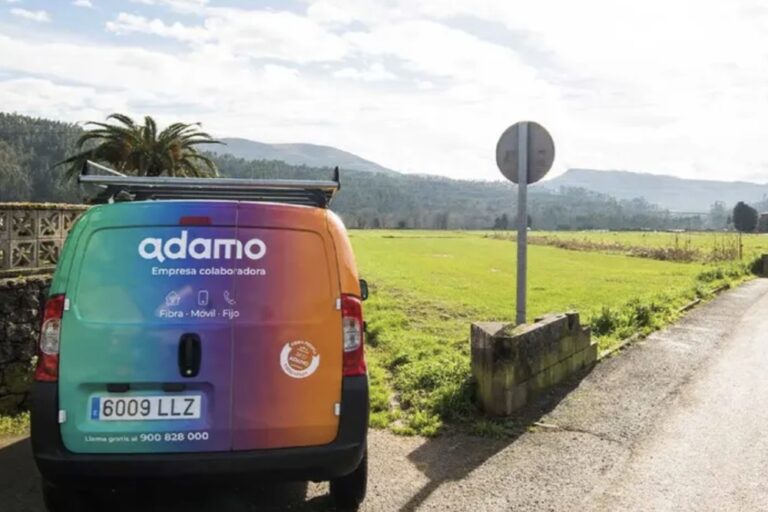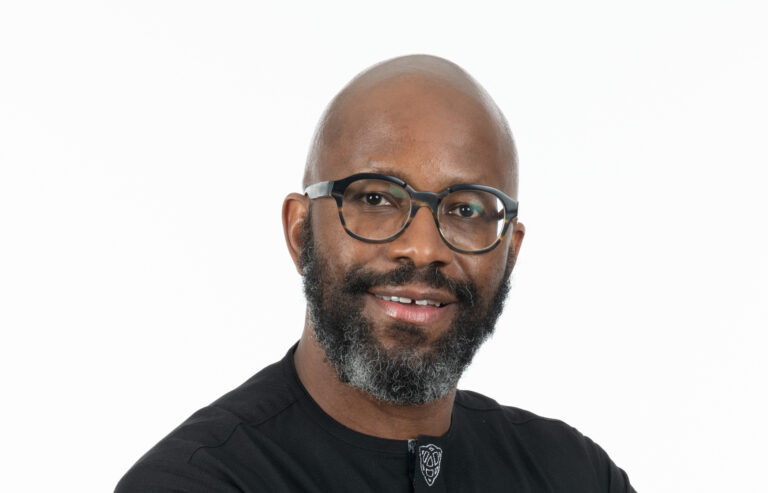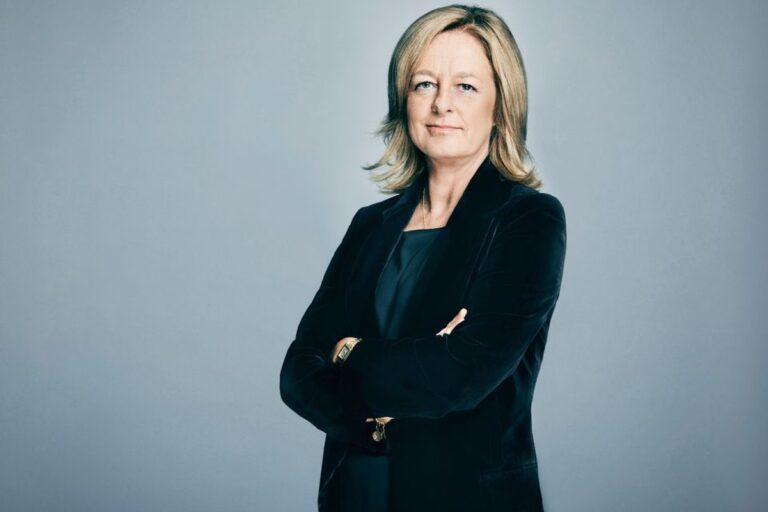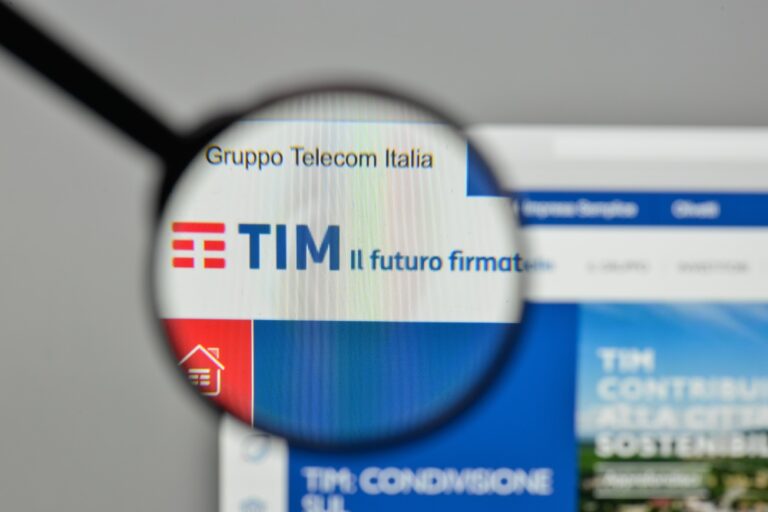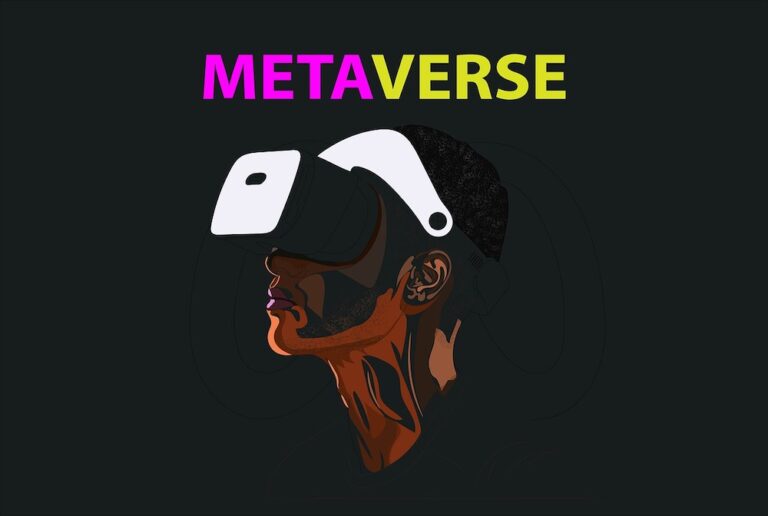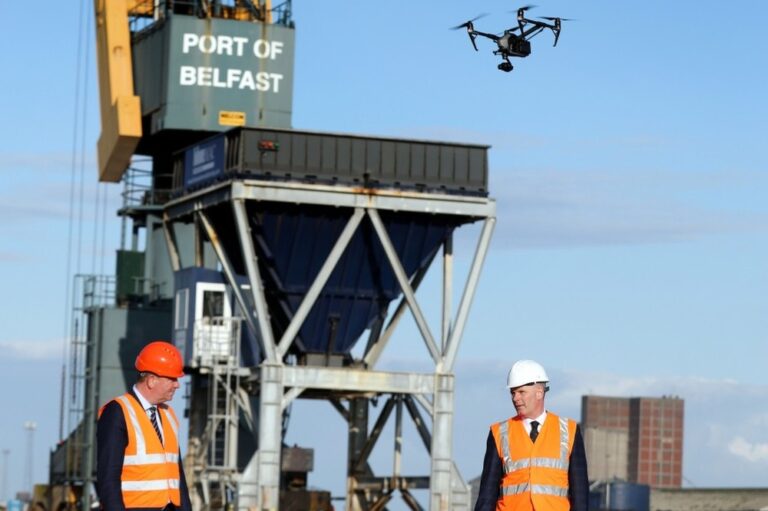We can’t afford free infrastructure market says minister
Telecom Italia (TIM) is splitting its landline network from its service operations to maximise asset value for all shareholders and cut its debt, CEO Pietro Labriola told economic event in Trento in northern Italy on Sunday.
Italy’s former phone monopolist is restructuring its business by isolating its domestic fixed network assets to focus on consumer and commercial activities. While TIM’s network assets are to be combined with those of state-backed broadband rival Open Fiber to create a single national network company majority-owned by Italian national development bank Cassa Depositi e Prestiti (CDP).
The new network entity would write off a significant portion of TIM’s debt and domestic staff. TIM’s top investor, French media giant Vivendi said it would be ready to evaluate other opportunities if the network value is not recognised in the single broadband plan. Its support is crucial in getting any proposal approved by the board. “The most important thing is to maximise the value of all assets in the interest of all shareholders,” said TIM CEO Pietro Labriola.
Speaking at an economic event in Trento in northern Italy, Labriola declined to say whether TIM was considering a full exit from its landline network business with an outright sale but stressed that any spin-off would be designed to cut TIM’s €23 billion ($25 billion) net debt.
“It seems all parties [involved in the single network project] are interested in understanding quickly enough if the plan is feasible,” Labriola said. The creation of a single fibre network could be completed in 12-18 months.
An infrastructure engineer by trade, Labriola took the helm of the company in January and is due to present an updated version of the original three-year business plan. The new version, presented on July, will be focused on the break-up of TIM’s operations.
The Italian government is keen to create a national wholesale network champion independent from any broadband service provider, as it energises the fibre rollout, by removing obstacles in the road, avoids the duplication of investment and prioritises efforts more effectively.
The success of such a plan will depend on “goodwill of foreign investors”, including Vivendi, and infrastructure funds holding minority stakes in Open Fiber and TIM’s grid, Italy’s Innovation Minister Vittorio Colao said.
Private equity stakeholder KKR has joined the TIM-CDP project after TIM rejected it €10.8 billion proposal to gain control of TIM and delist it before splitting its fixed and services assets. Reuters’ sources say it still has reservations on the deal.
The critical issue is that any combination of TIM’s network assets with those of Open Fiber would need to win regulatory approval as it would recreate a near monopoly. But meeting this criteria might put a spanner in the words for no reason said Colao, a former Vodafone boss, speaking at the same event in Trento: “Ideally, we would love to have infrastructural competition, but at this stage Italy seems not able to afford it,” said Colao.


